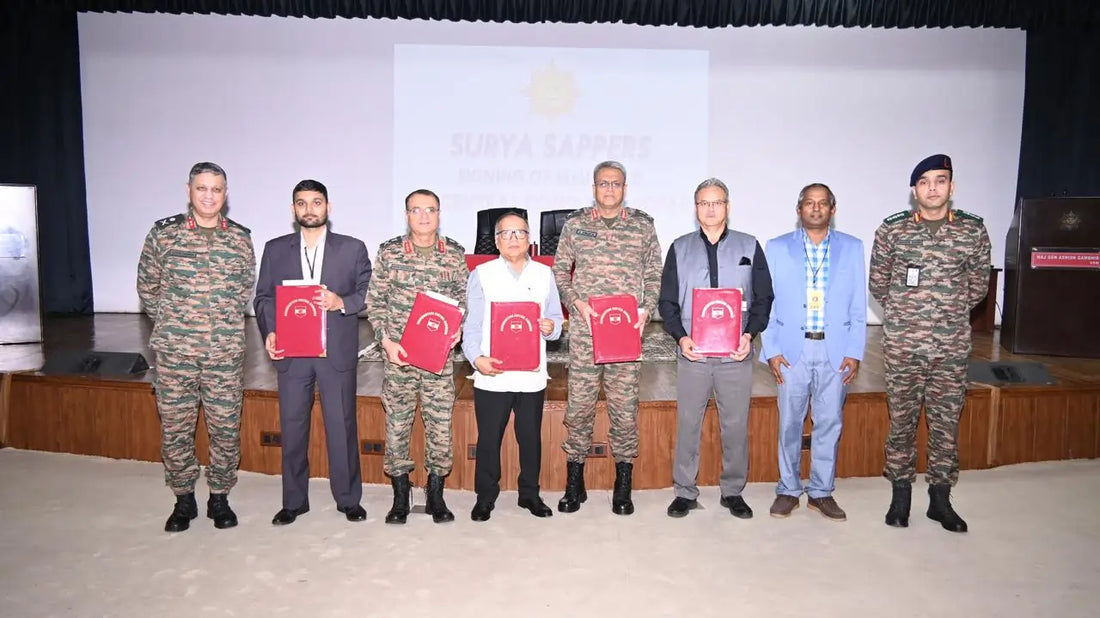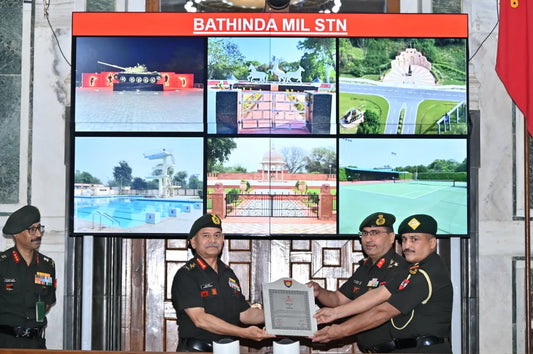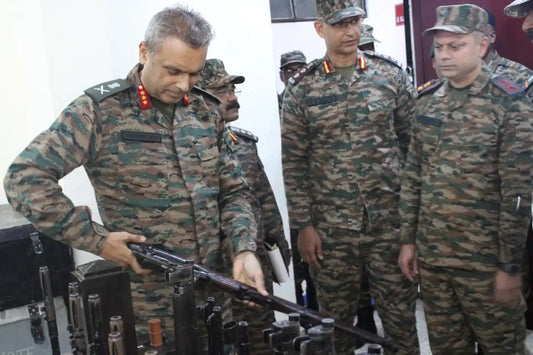Indian Army and IIT Ropar Forge Alliance to Enhance Military Innovation

In a significant move towards enhancing military self-sufficiency, the Indian Army's Central Command has formalized an agreement with the Indian Institute of Technology (IIT) Ropar. The Memorandum of Understanding (MoU), signed under the guidance of Lt Gen Anindya Sengupta, the General Officer Commanding-in-Chief of Central Command, is set to lead in indigenous advancements within operational engineering.
This partnership will concentrate on creating and developing structures such as multi-weather resilient precast habitats, 3D pod modular constructions, and lightweight structures, specifically designed for troops stationed in challenging and avalanche-prone regions.

The initiative is timely, addressing the growing operational challenges in high-altitude areas like Ladakh, where avalanche risks have surged by 20% over the past decade, as reported by the Indian Meteorological Department.
Lt Gen Sengupta, recipient of the Uttam Yudh Seva Medal in 2023 for his leadership of the XIV Corps in the Northern Theatre, emphasized the Army’s objective to minimize logistical burdens and reduce construction timelines through this collaboration.

The MoU also aligns with the government’s Atmanirbhar Bharat initiative, promoting self-reliance in India. The Ministry of Defence recently announced a 25% increase in defense research and development funding, reaching $1.5 billion in 2025.
Analysts suggest that this collaboration could set a precedent for civil-military cooperation in India, contrasting with international experiences where similar initiatives often face bureaucratic barriers. A study by the RAND Corporation suggests that achieving self-reliance in military technology can reduce supply chain expenses by as much as 15%, highlighting the strategic importance of such projects.
Through the collaboration with IIT Ropar, the Indian Army seeks to provide scalable, sustainable, and soldier-focused infrastructure solutions, paving the way for future battlefield readiness.
Officials indicated that the partnership could eventually broaden to include AI-driven engineering, drone-assisted construction, and the use of eco-friendly materials, potentially revolutionizing how the Army constructs facilities in challenging environments.



















